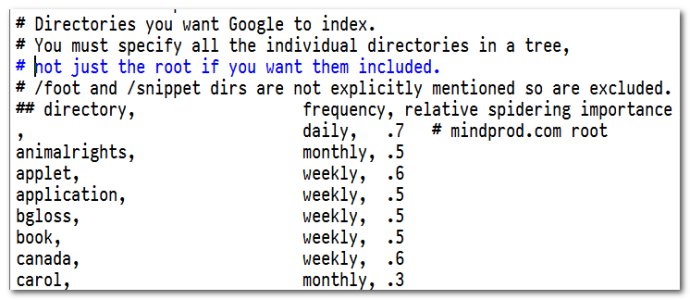Google's Spidering Sitemap helps speed up the crawling process and ensures frequent indexing of important files by leaving a compressed catalog of all website files for Google to locate.

One of the key benefits of using this sitemap utility is that it's lightning-fast. You can update your sitemap with the latest information in just seconds, so it's always up-to-date and ready for search engine crawlers.
Compared to manually spidering your site with tools like Xenu or GSiteCrawler, using a sitemap utility is orders of magnitude quicker. In fact, you can create a fresh sitemap in just a couple of seconds, making it easy to keep your site optimized for search engines.
To ensure that Google indexes your site efficiently, the search engine has created a system where you leave a compressed catalog of all your files on your website for it to find. The sitemap utility will create this file, which is called sitemap.gz. You will need to upload this file to the root directory of your website and register it with Google so that the search engine knows to look for it. Once you do this, the file can be used by all search engines, not just Google, as long as they are configured to find it. You may want to include a link to the sitemap somewhere on your site to make it easier for search engines to find.
To use the sitemap utility, you'll need to configure five files: sitemapconfig.properties, files.csv, directories.csv, includes.csv, and excludes.csv. Once these files are set up, you'll be able to quickly and easily update your sitemap with the latest information about your site.
Version 1.9: better error messages.